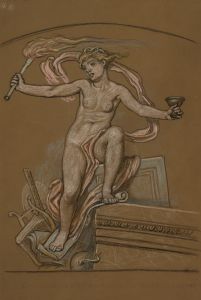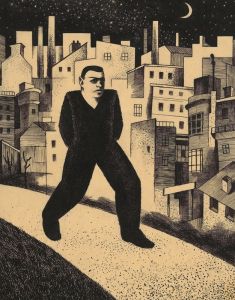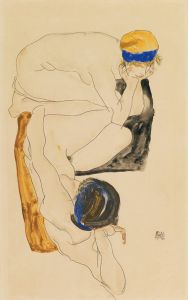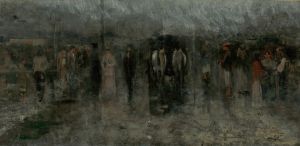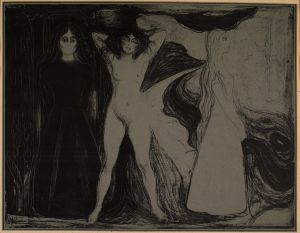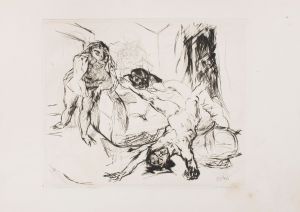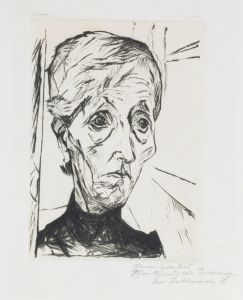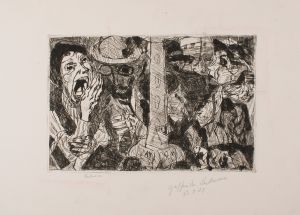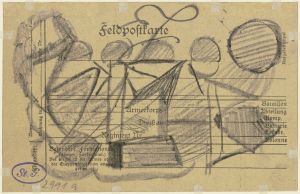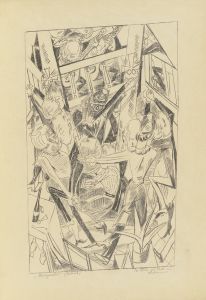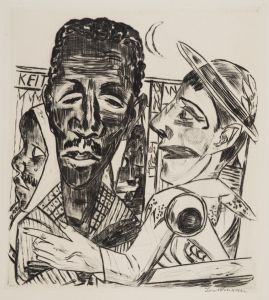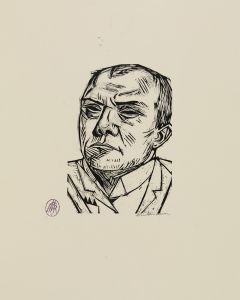
Night
A hand-painted replica of Max Beckmann’s masterpiece Night, meticulously crafted by professional artists to capture the true essence of the original. Each piece is created with museum-quality canvas and rare mineral pigments, carefully painted by experienced artists with delicate brushstrokes and rich, layered colors to perfectly recreate the texture of the original artwork. Unlike machine-printed reproductions, this hand-painted version brings the painting to life, infused with the artist’s emotions and skill in every stroke. Whether for personal collection or home decoration, it instantly elevates the artistic atmosphere of any space.
"Night" is an oil painting created by the German artist Max Beckmann between 1918 and 1919. This work is one of Beckmann's most famous pieces and is often cited as a powerful example of the New Objectivity (Neue Sachlichkeit) movement, which emerged in Germany in the aftermath of World War I. The painting is currently housed in the Kunstsammlung Nordrhein-Westfalen in Düsseldorf, Germany.
"Night" depicts a chaotic and violent scene set in a cramped, dimly lit interior. The composition is characterized by its intense emotional impact and complex arrangement of figures. In the painting, three men invade a room where they assault a family. The central figure, a man, is bound and hanging from the ceiling, while another man is being attacked on the floor. A woman is shown being dragged by her hair, and a child is present in the scene, adding to the sense of horror and helplessness.
The painting's stark, angular forms and distorted figures reflect the influence of Expressionism, a movement that Beckmann was associated with earlier in his career. However, "Night" also marks a departure from the more abstract and emotive style of Expressionism, moving towards the more realistic and socially critical approach of the New Objectivity. This shift is evident in the painting's detailed depiction of the figures and the clear narrative content.
"Night" is often interpreted as a response to the trauma and disillusionment that followed World War I. The war had a profound impact on Beckmann, who served as a medical orderly and experienced its horrors firsthand. The painting's depiction of brutality and suffering can be seen as a reflection of the widespread sense of chaos and instability in post-war Germany. The work also conveys a sense of existential dread and the breakdown of social order, themes that were prevalent in Beckmann's work during this period.
The use of light and shadow in "Night" is particularly striking. Beckmann employs a stark contrast between the dimly lit room and the harsh, artificial light that illuminates the figures, creating a sense of tension and unease. The composition is tightly packed, with the figures overlapping and intertwining in a way that heightens the sense of claustrophobia and violence.
Max Beckmann's "Night" is a powerful and disturbing work that captures the artist's response to the social and political upheavals of his time. Its raw depiction of human suffering and its critique of the brutality of modern life make it a significant piece in the history of 20th-century art. The painting remains a poignant reminder of the impact of war and the fragility of human existence.





